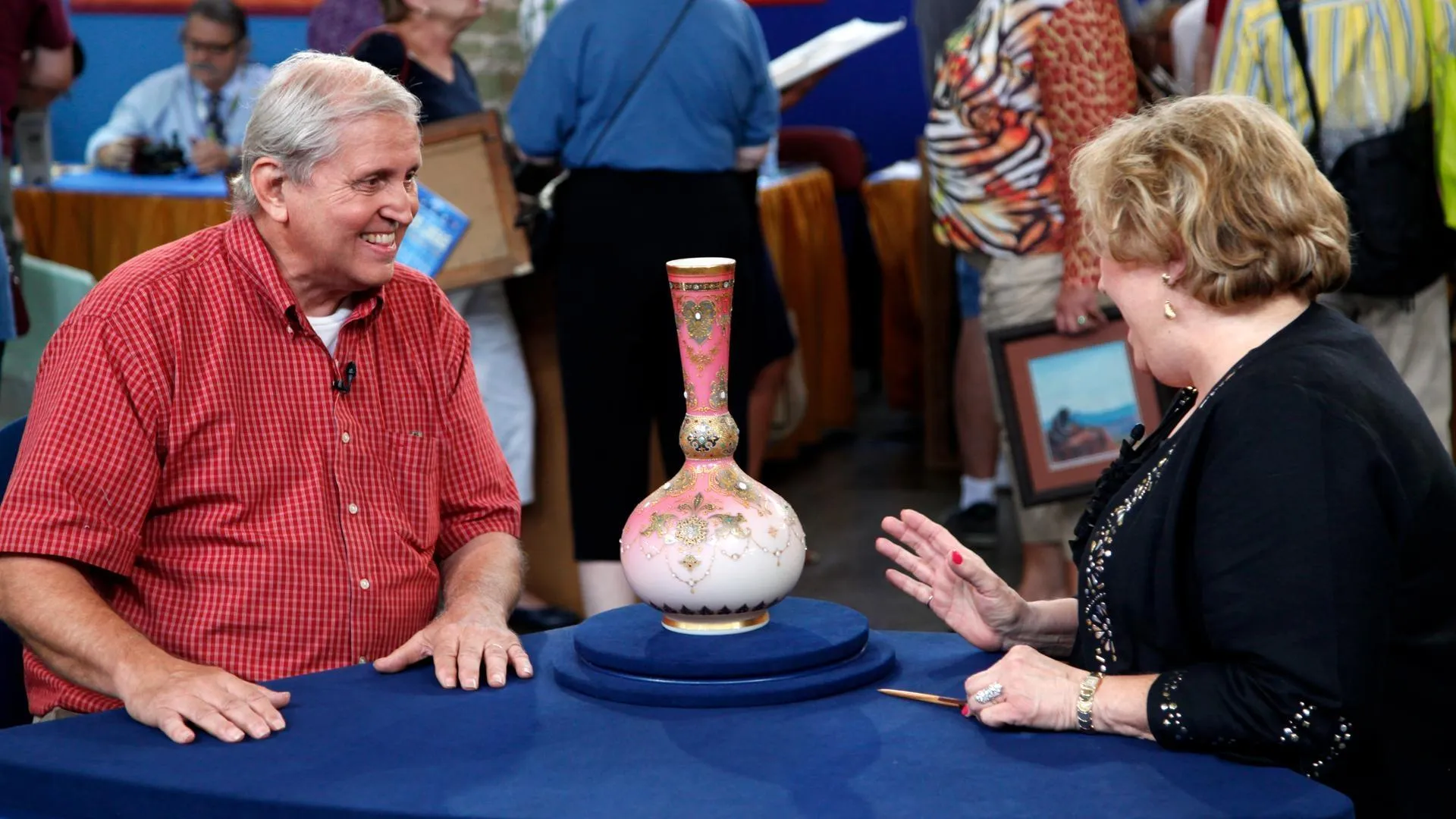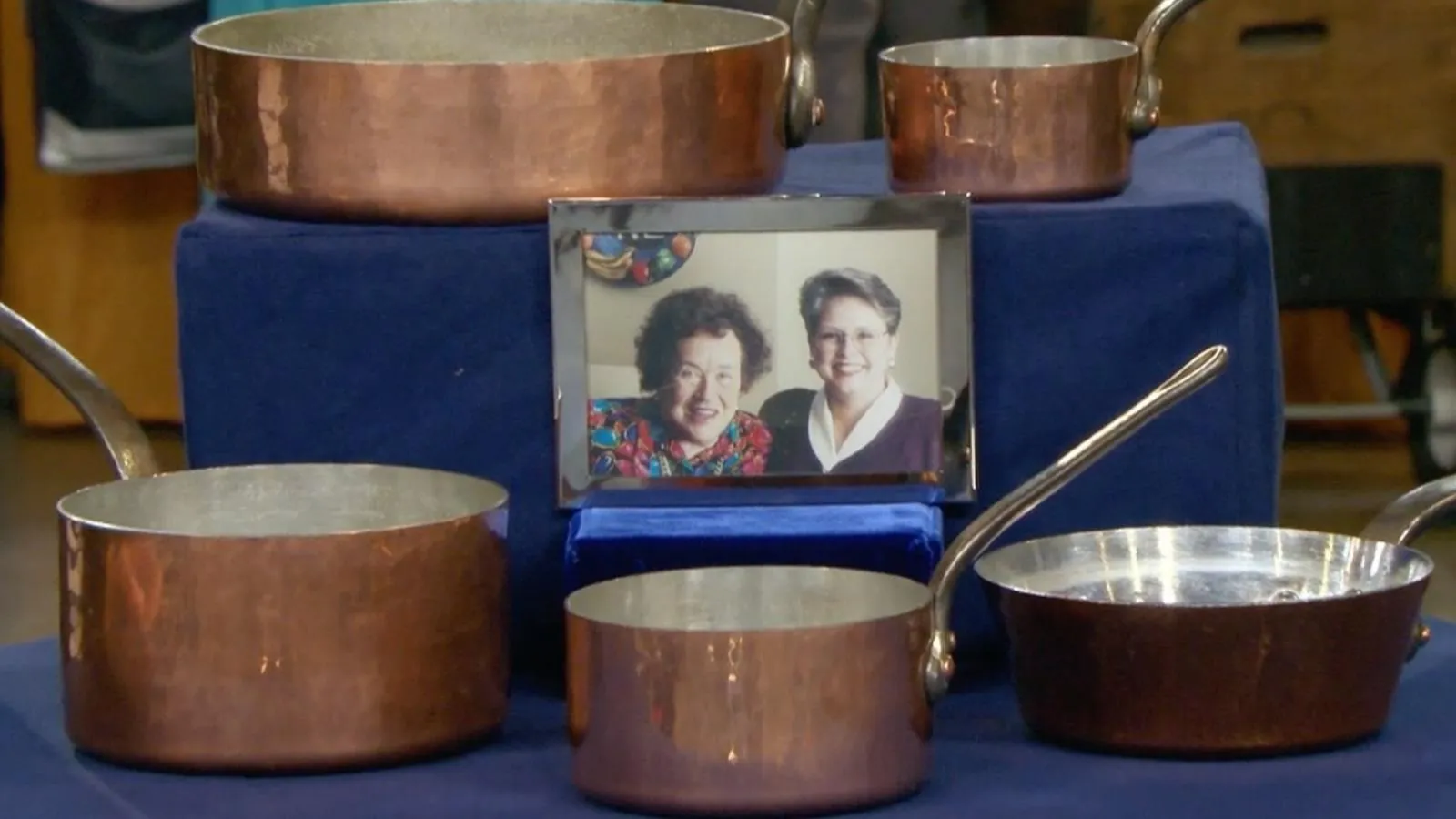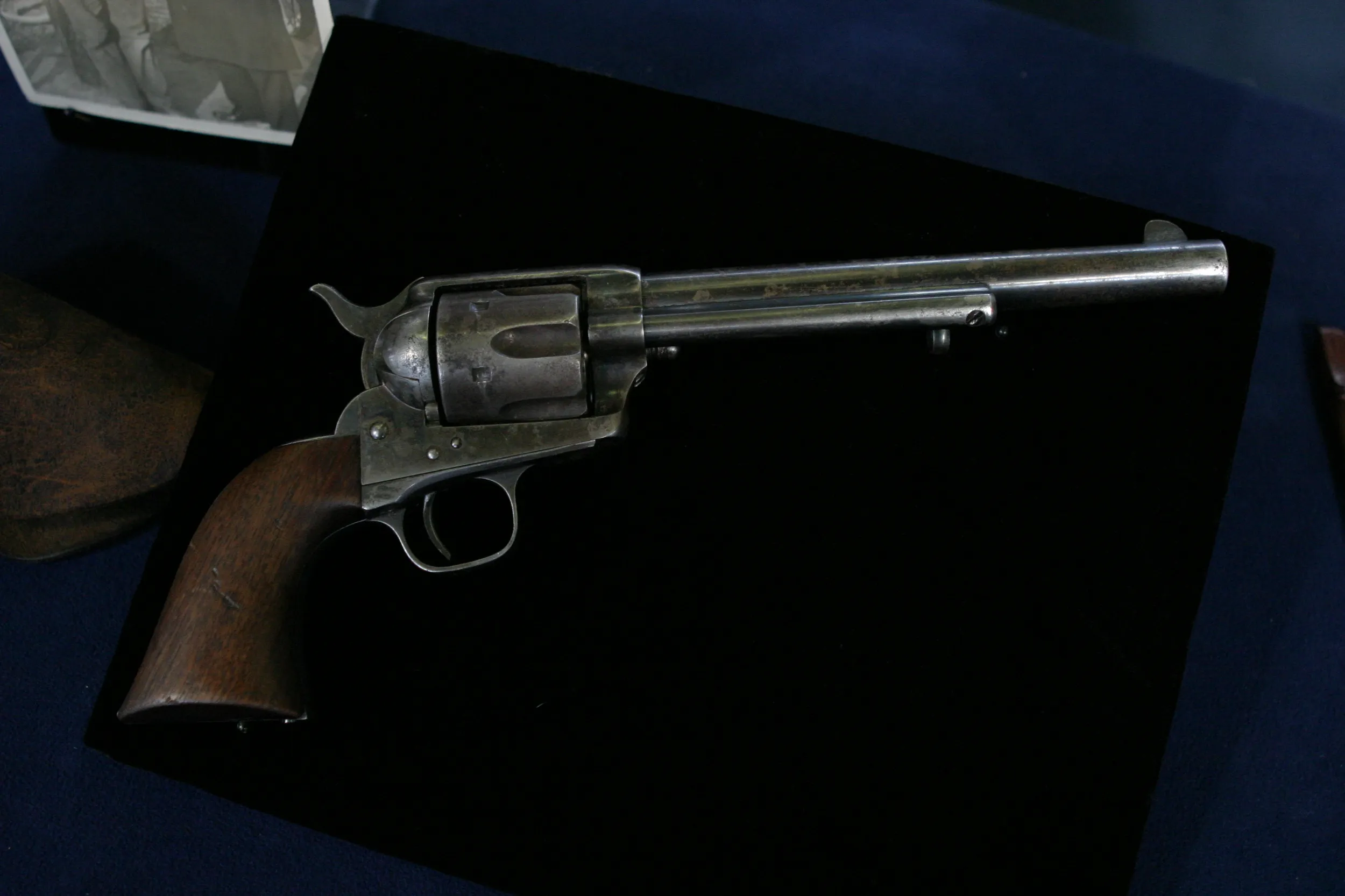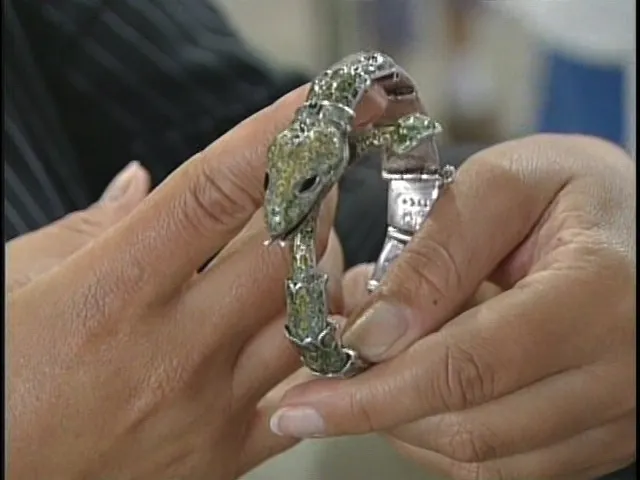GUEST: I received it about five years ago as a gift from a former colleague of mine. He was moving abroad and he couldn't take all of his furniture with him. So I liked this, and he said I could have it. I suspected it was Charles Eames.
APPRAISER: Uh-huh.
GUEST: But I did a little bit of looking online, but I really couldn't find anything.
APPRAISER: Well, it is by Charles Eames. We actually say it's designed by Charles and Ray Eames.
GUEST: Mm-hmm, mm-hmm.
APPRAISER: His wife was also has design partner. It's a very historically significant chair. Examples of this chair are in a lot of important museum collections, and there's a good reason why. Because Charles Eames designed this chair not only as a functional chair, but also as a system of chairs. The top and the bottom are two separate pieces.
GUEST: Oh.
APPRAISER: And there were many different bases designed to fit this top.
GUEST: Mm-hmm.
APPRAISER: Mm-hmm. And there were several different tops designed to fit the base.
GUEST: Mm-hmm.
APPRAISER: The fiberglass top is impregnated with plastic, and is very durable. The base is made out of a zinc-plated wire. And the interesting thing about most of the bases that he designed is that they would stack separately when they're detached, and the tops would stack separately. And this is the important historical part of the design process for the Eameses, that not only were they designing a chair for comfort, but they were designing the chair for production.
GUEST: Mm-hmm.
APPRAISER: It was originally manufactured by the Zenith Plastics Company in California. And it first went into production in about 1950, and it's been in production ever since. The closer the version is to the original concept...
GUEST: Mm-hmm.
APPRAISER: ...the more collectors are interested in it. And this example that you brought in has some of the hallmarks of the earlier versions.
GUEST: Okay.
APPRAISER: The base is attached to these four rubber shock mounts. This example was definitely made before 1953.
GUEST: Okay.
APPRAISER: Those large-sized shock mounts...
GUEST: Uh-huh.
APPRAISER: ... that are about three inches in diameter, by 1953, they were shrunk down to about an inch in diameter.
GUEST: Mm-hmm.
APPRAISER: And that's one of the hallmarks that collectors like to see. As far as the value goes, it's not tremendously valuable.
GUEST: Mm-hmm.
APPRAISER: But you have to realize that there were tens of thousands, maybe even hundreds of thousands, of these made over the last several decades.
GUEST: Mm-hmm.
APPRAISER: So it was an incredibly successful chair. In today's market, I think this would be worth $800 at auction.
GUEST: Oh, thank you, thank you.












